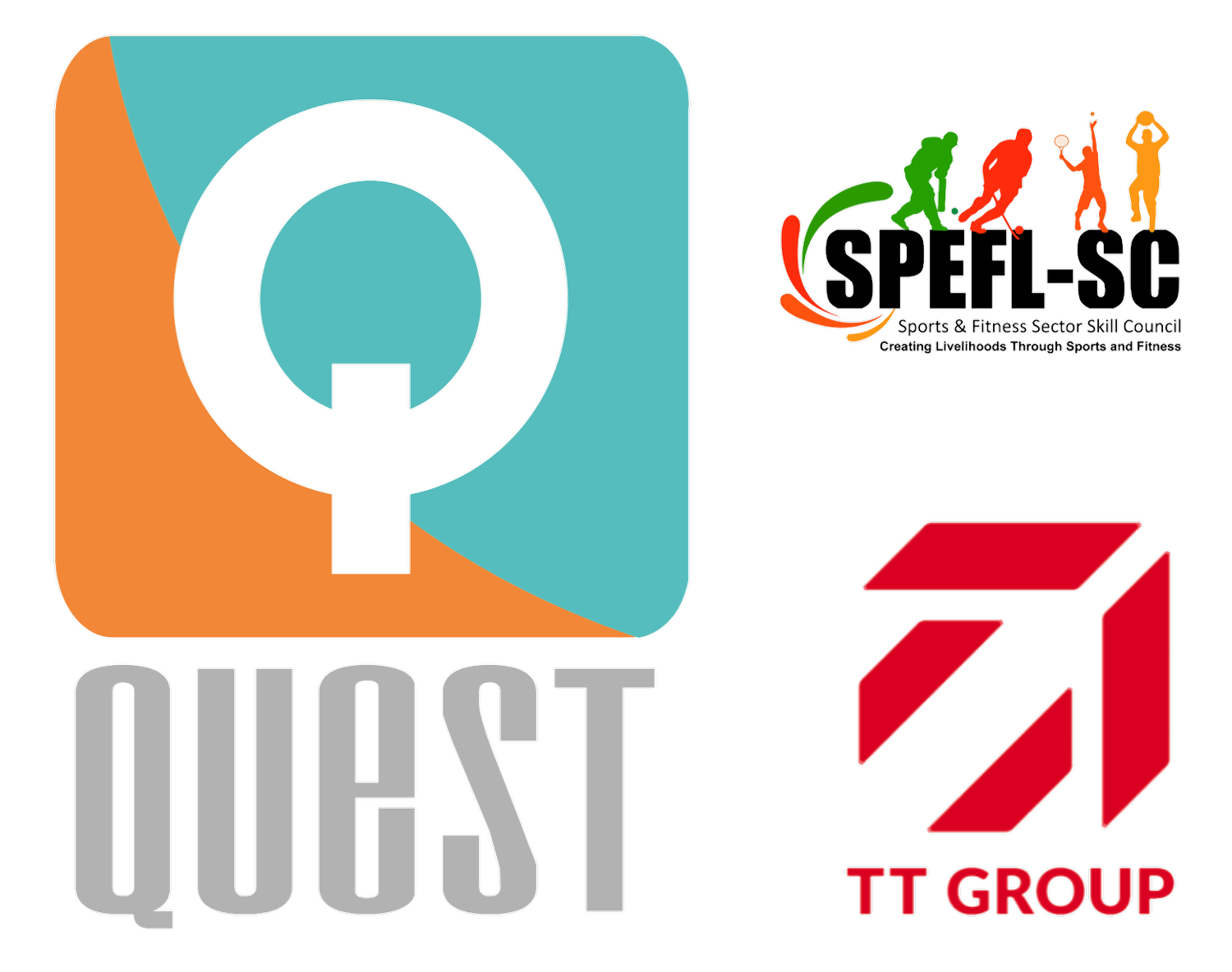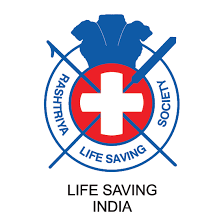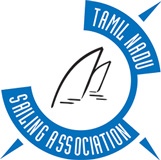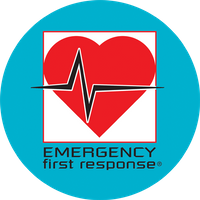Day 1 – Thiruvananthapuram/Kovalam
Your tour commences as soon as you arrive at the Thiruvananthapuram airport or railway station. You will be met and then driven to the beach town of Kovalam. After a short drive, you arrive at the hotel where you meet the rest of your travel mates at an orientation at the hotel. You have the rest of the day to wander around and familiarize yourself with the surroundings, before trying out some of the adventure activities that we have to offer on the beach. You stay two nights in Kovalam.
Kovalam was once a sleepy beach and fishing town that saw the start of tourism in the 1930s. It moved to a bustling tourist destination in the seventies with the influx of hippies. Easily accessible being just a short drive to Kerala’s state capital, Trivandrum, there are four lovely beaches to choose from. The town is also known for Ayurvedic massages and the art of meditation and yoga. Interested in shopping? Then look out for teak, sandal and rose wood handicrafts, ivory sculptures and spices. There are also interesting curios made from coconut, coir, cane and bamboo.
The Napier museum showcases a variety of Keralite ornaments, costumes influenced by Chines and Mughal styels as well as a model of the “Tharwad”, a traditional Nair family home. Vellayani Lake, just seven kilometres away, is a freshwater lake made famous by the annual boat race that is organized during the festival of Onam. Padmanabhapuram Palace contains elaborate woodwork, bright murals and Belgian mirrors along with a distinctive feature of black granite floors. Veli Tourist Village is a great place to try water sports. The Vizhinjam village is known for its cave temple and a marine aquarium of exotic sea creatures.
Day 2 – Kovalam
This morning, you go for a half day orientation of Kovalam. You have the rest of the day at your leisure to enjoy the best that Kovalam has to offer.
Day 3 – Thrikunnapuzha
Post breakfast, you drive to Thrikunnapuzha, the gateway to the backwaters and a place that is well known for coir weaving. You stay the night at a resort.
Thrikkunnapuzha, a land of fishermen, is a gateway to the inland waterways of Alleppey. Once a flourishing port and city, evidence suggests that sea erosion destroyed thriving port that was situated near the current Sastha Temple. The beach is noted for “Karkidaka Vavu Bali”, an important ritual performed in Kerala to pay respects to forefathers or dead ancestors and it takes place in the months of July & August. The beach is very rich in mineral sand called ‘black sand’.
There are a variety of optional activities. You can take a walk around the traditional homes of Kerala, unique in their vernacular and eco-friendly architecture. Or opt for a visit the morning or evening rituals at village temple. Another activity would be to walk alongside the village canals and take in the charm of village life. Coir weaving, a major occupation of the woman folk of this island has become a noted industry in the recent past and there are a number of coir products woven manually from the coconut husk fibre, which are in high demand in almost all international markets.
Day 4 – Houseboat
Your morning is at leisure. At noon, you depart for the houseboat, which will be your home for the nest 24 hours. You board the houseboat for a day of cruising on the Vembanad Lake, taking in the relaxed ambience of the backwater village life of Kerala. Breakfast, lunch and dinner in Kerala cuisine will be served on board.
Kettuvallom (House Boat) is a country boat that was used in the early days for the conveyance of goods from the remote interior villages to the towns. With the arrival of roads, bridges and ferry services, gradually the Kettuvalloms went off the scene. The kettuvallams provide the tourists an opportunity to glide along the calm and serene backwaters watching rural Kerala and to experience God’s Own Country in all its glory. The most laid back part of your entire holiday sailing on the houseboat for a night passing the palm-fringed Kerala canals, known as the backwaters. The houseboats are comfortably furnished with air-conditioners, modern furniture, attached bathrooms, a deck, driver, and a personal chef. The houseboat also has a big open air lounge space where you can unwind and view the locals on their daily routine, drinking a tender coconut and basking in the ambience of the Kerala backwaters.
Day 5 – Fort Kochi
Post breakfast, the houseboat will drop you off at the docking point. From here you take a short one hour drive to the venerable city of Kochi. You have the rest of the day to go sightseeing around the old quarters of Fort Kochi & Mattancherry. Time permitting; you can also enjoy a Kathakali dance performance. Stay the night at Fort Kochi.
The revered city of Kochi, formerly known as Cochin, is Kerala’s popular tourist spot, dispersed across five islands and peninsulas. The location provides stunning views of both the Arabian Sea and the backwaters. Ernakulam, Mattancherry & Fort Kochi are the three main sections that are connected by an intricate arrangement of ferries, and unassuming bridges. Most visitors prefer to reside at Fort Cochin and Mattancherry, since they are where the city’s extraordinary history of foreign impression and settlement is echoed in a mixture of architectural styles. There are spice markets, palaces, churches, homes & cemeteries all of foreign influence. Sights such as the Dutch Palace, a 17th century Jewish Synagogue, Chinese fishing nets, and the the 14th century Portuguese church of St Francis Church are some of the must see places. Vasco da Gama, who died in 1524, was buried here. Don’t miss the fish market where you can buy fresh catch of the day. In Kochi, you can see the Kathakali dance throughout the year.
There are sights such as the Dutch Palace, a 17th century Jewish Synagogue, Chinese fishing nets, and the St Francis Church, the oldest Protestant church built by the Portuguese in 1510. Vasco da Gama, who died in 1524, was buried here. Don’t miss the fish market where you can buy fresh catch of the day.
KATHAKALI is one of the most performed dance productions in Kerala. Kathakali literally means “Story-Play”. It is known for its large, elaborate makeup and costumes. The themes of the Kathakali are religious in nature and are about the Mahabarat, the Ramayana and the ancient scriptures known as the Puranas.
A Kathakali performance is a major social event. They generally start at dusk and go throughout the night and the dance is usually performed only by men, whereby even the female characters are portrayed by men dressed in women’s costume. In the recent years, women have started to become Kathakali dancers. This long standing tradition dates back to the 17th century. It was given its present form by Mahakavi Vallathol Narayan Menon, who was the founder of the Kerala Kala Mandalam. The actors rely very heavily on hand gesture to convey the story and this is known as mudra, which is common throughout much of classical Indian dance.
Day 6 – Flight/Train
You have your day free until it is time for you to depart either by flight or train. You will be transferred from the hotel to the airport/railway station.











